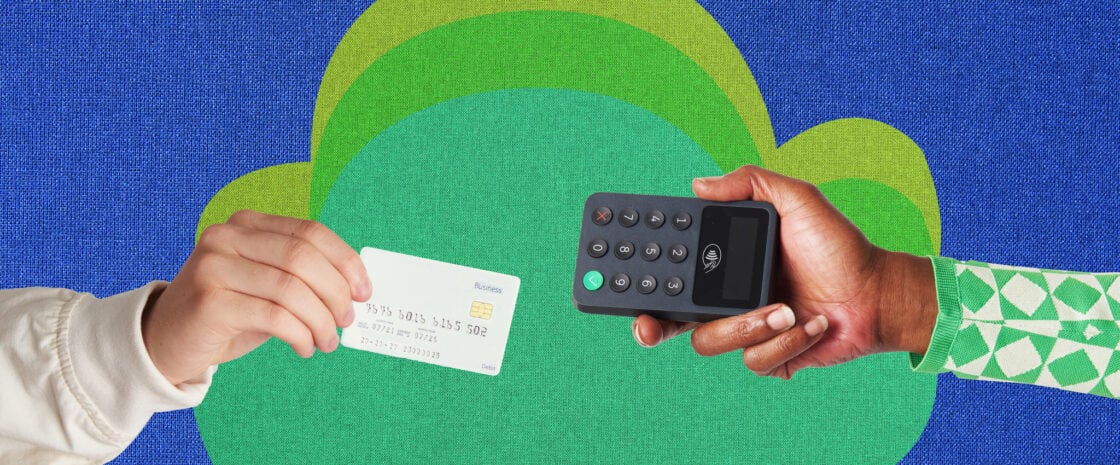Credit cards come with benefits for customers, such as increased purchasing power and rewards schemes, but they also generate major profits for banks. There are three key ways credit cards make money:
- Interest: Credit card interest is the cost to the cardholder for borrowing money. Typically, banks charge interest when you don’t pay off your balance in full by the due date.
- Customer fees: Banks also make money by charging credit card fees. These fees can be establishment, ongoing or penalty fees for late payments.
- Merchant fees: Sometimes called interchange fees or processing fees, these are charged to the businesses that accept credit or debit card payments from customers. Merchant fees are paid to the financial institutions and payment processors that facilitate the transactions.
Types of credit card companies
There are various companies linked to credit cards in Australia.
Banks, providers and issuers
If you want to use a credit card, you can apply for one directly with a bank like the Big Four (ANZ, NAB, CBA, Westpac), or a smaller bank like ING or BOQ. You can also take out a credit card with a specialised card issuer, credit union or retailers such as Coles and Woolworths.
Each credit card provider will offer individual products with different interest rates, fees and rewards programs.
Networks
Credit card networks are companies that facilitate transactions between banks, merchants and cardholders such as Mastercard or Visa. They also implement security protocols to detect fraud, protect data and ensure safety of transactions.
Credit card processors
These are companies that handle the processing of credit and debit card transactions. They are intermediaries between merchants, networks (like Visa or Mastercard), and banks.
How credit cards make them money
Interest
Credit card issuers make money through interest charges on unpaid card balances. They also charge interest at a higher rate than other forms of credit.
According to the Reserve Bank of Australia (RBA)’s June 2024 data on credit and charge cards[1]:
- Average interest rate on a standard credit card: 20.57%[2]
- Number of credit card accounts: 13.5 million
- Number of credit and charges cards on issue: 17.8 million
- Outstanding balances totalled: $41.3 billion
- Outstanding balances with interest charged: $18.3 billion
- Number of purchases made: 286.1 million
- Value of purchases: $34.2 billion
The amount of interest you will pay depends on what credit card you have, the transactions you make, and when you make repayments.
» MORE: Understanding credit card debt
Merchant fees
Credit card networks make money by charging merchant fees to businesses for processing credit and debit payments.
Total average merchant fees in June 2024[3]
| Network | Domestic card (device present) | Domestic card (device not present) | International cards |
|---|---|---|---|
| American Express | 1.35% | 1.30% | 1.63% |
| Diners Club | 2.42% | 1.52% | 1.89% |
| Mastercard | 0.84% | 0.78% | 2.41% |
| Visa | 0.86% | 0.76% | 2.56% |
While these merchant fees may seem small, card networks are generating significant profits from the cumulative transactions made by consumers.
In June 2024 alone[1], approximately 286.1 million purchases were made using credit and charge cards in Australia, amounting to $34.2 billion.
If all of those purchases were subject to the average fee (1.19%) charged by card networks, these companies would have earned more than $406 million simply through merchant fees. And that’s just in one month.
Customer fees
Credit cards also make money for banks by charging fees to their customers.
Annual fee — up to $600+
You can pay anywhere from $20-$600, or more, for your annual credit card fee. This will depend on the types of rewards and features you are offered with the card. For example, airport lounge access, cashback rewards and insurance might mean you pay a higher yearly fee.
Balance transfer fee — up to 3%
If you move your existing balance to a new card, you may pay a balance transfer fee. The fee is usually 1%-3% of the amount you transfer.
For example, if you transfer a balance of $5,000 with a fee of 3%, you would pay $150.
Cash advance fee — up to 5%
This fee is charged when you use your card for certain types of transactions, like withdrawing money or when making cash equivalent purchases, such as money orders. It can be charged as a flat fee or a percentage of the transaction. A flat fee may be between $3-$5 while a percentage fee can be between 3%-5%.
Not only can the cash advances fees add up quickly, but you also have to pay interest, which is calculated from the day of withdrawal to the day you pay it off.
Late payment fee — up to $30
These fees are charged if you don’t make your repayments by the due date and they can be between $5-$30.
International transaction fee — up to 4%
A fee usually between 2%-4% of the purchase charged to you for card purchases made overseas. This is important to be aware of as it may also apply to online purchases with an international merchant.
Less common fees:
- Card replacement fee: $10-$20
- Insufficient funds fee for failed transaction: $5-$20
- Rewards program access fee: up to $75.
How to limit the money credit cards make off you
Pay on time
Set notifications and reminders in your banking app or phone to pay your credit card statement on time and avoid interest charges. To ‘set it and forget it’, consider setting up direct debit payments or checking your autopay options.
» MORE: How do credit card payments work?
Compare other cards
Even if you bank with a specific institution already, there might be a better type of credit card on offer. Research options from other providers to get the best interest rate, fees and rewards that fit your needs.
» MORE: How to choose a credit card
Skip rewards that don’t benefit you
Credit cards often come with enticing rewards programs, but better rewards can also mean higher annual fees. Make sure you are only signing up for rewards programs you can benefit from. For example, travel points might be unnecessary for someone who never travels, so they will be paying expensive fees without ever taking advantage of the rewards.
Give yourself permission to ignore perks and bonus offers on points that you won’t use — no matter how enticing they may appear.
» MORE: How to choose a rewards program for your credit card
Avoid cash advances
Don’t use your credit card for unnecessary cash advances. Some credit card issuers will let you disable this feature so you don’t get caught out paying interest from the moment you use your card to withdraw cash to the day you pay it off.
Read the terms and conditions
Make sure you carefully read and understand the terms and conditions, which outline important points such as:
- when fees, including for international transactions, are applied
- how interest is calculated
- how to cancel your card or change plans
- how interest-free periods work.
» MORE: 9 things to know before you get your first credit card
Article Sources
-
Reserve Bank of Australia (RBA), “Credit and Charge Cards – Original Series – Aggregate Data ,” accessed August 21, 2024.
-
Reserve Bank of Australia (RBA), “Indicator Lending Rates,” accessed August 21, 2024.
-
Reserve Bank of Australia (RBA), “Retail Payments June 2024,” accessed August 21, 2024.
DIVE EVEN DEEPER

How To Use A Credit Card Responsibly
Learn how to use a credit card responsibly and follow best practices to leverage the full range of benefits.

What Is a Charge Card?
Charge cards don’t have preset spending limits like credit cards and require full balance payment each month.

What To Know About Credit Card Surcharges
A credit card surcharge is used to cover the cost of processing a credit card payment, and the cost typically ranges from 0.5% – 2%.

What Is This Random Charge On My Credit Card?
It can mean credit card theft, but there are legitimate reasons for them to appear on your statement, too.

